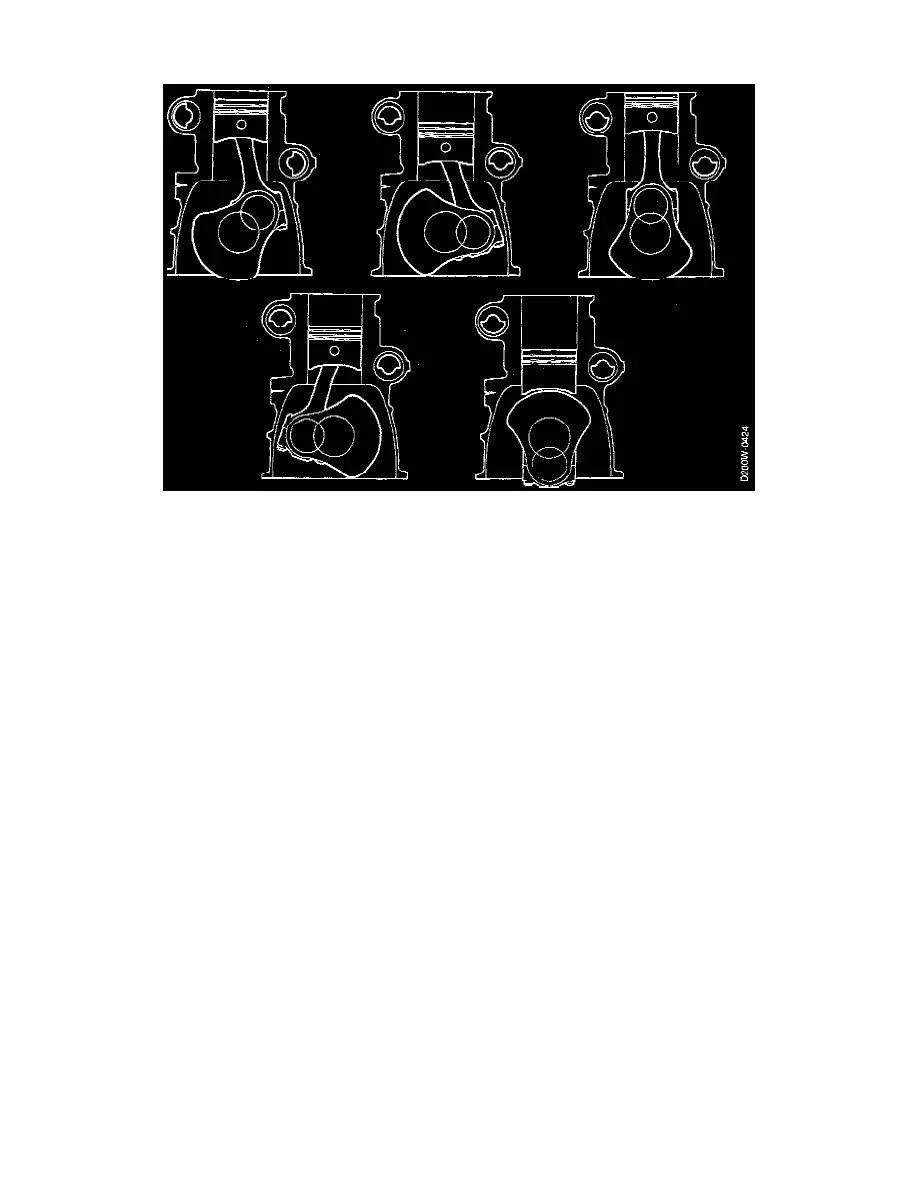900 SE Hatchback L4-1985cc 2.0L DOHC Turbo EFI (1997)

speed, the gas and inertial forces acting sideways vary periodically twice per crankshaft revolution and cause the engine to vibrate in a lateral
direction.
THE SAAB BALANCE-SHAFT SYSTEM
Saab has used the balance-shaft principle to overcome the second-order inertial forces. Two balance shafts located with lateral symmetry on the
sides of the engine block but at different heights above the crankshaft centerline incorporate eccentrically mounted balance weights. The shafts are
driven by a chain and rotate in opposite directions to each other at twice the crankshaft speed.
The balance weights on the shafts are positioned so as to eliminate the upward and downward moving forces generated by the movement of the
pistons, as described on the preceding information.
Since the balance shafts are situated at different heights above the crankshaft centerline, they also counteract lateral forces. The torque generated
by the balance shafts is designed to counteract the gas and inertial forces acting in a sideways direction.
The balance shafts are of identical design and supported by aluminium bearing shells in the center (between cylinders No. 2 and No. 3). The
bearing shells are a press install in the block and lubricated by special oilways.
For the balance shafts to perform as intended, it is imperative that they are aligned precisely on fitting. Sprocket assemblies of different design for
the exhaust and inlet sides are therefore used on the shafts and marked with identifying text.
The balance shaft, sprocket and bearing housing are fitted together as an assembly before being mounted in the correct side of the cylinder block
as indicated by the marking on the bearing housing.
